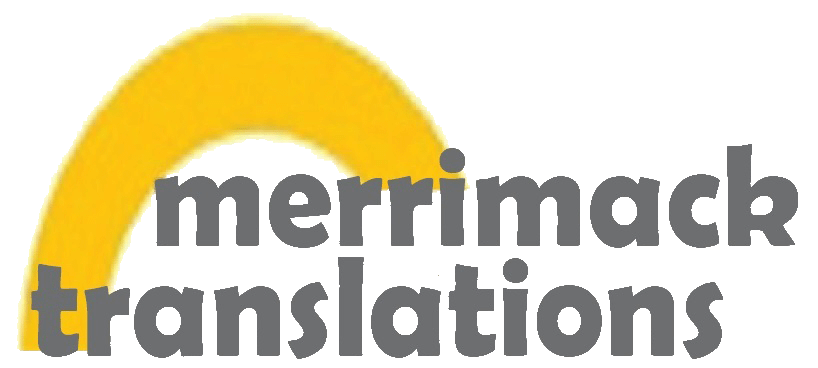In a feature in The ATA Chronicle, a Russian translator Valerij Tomarenko has written an interesting article in which the author has tried to answer the question that how can one judge the claim that human translations are better than machine translations. What does the word better mean in this context?

[Photograph: Courtesy: The ATA Chronicle]
The author of the article poses the following question: “Machine translation, on the other hand, is not only cheaper or even free of charge, but delivers a quick on-the-spot-result. What’s more, it’s devoid of the individual subjectivity of human translators, which, from the perspective of the author of the source document, may be a good thing. But is it really?”
One of the points the author makes in favor of human translation is worded as “Only human beings have the ability to listen to and accurately understand a client’s needs. I believe that every professional who interacts directly with their clients must possess this skill if they want to be successful.” The author brings in the comparison with the art of photography to explain his point: “A photographer has one product and takes different photos of it, each worth a thousand words. Likewise, if you take a thousand words of source text and compare a number of translations, I’ll bet each would be different. Why? Like photography, it’s about the framing.
Some might find it surprising that their choice of words can influence (frame) how they’re perceived, for better or worse. However, for translators like us, choosing words carefully is simply how we work. Of course, it’s not a matter of choosing just words, but choosing different ways to phrase and transform the client’s source text to get the message across in a more purposeful and targeted way. These differences, or frames, are not only black or white, positive or negative, but may include many other shades and connotations, depending on the subject and situation.”
You can read the full article in The ATA Chronicle July/August 2019 issue.
